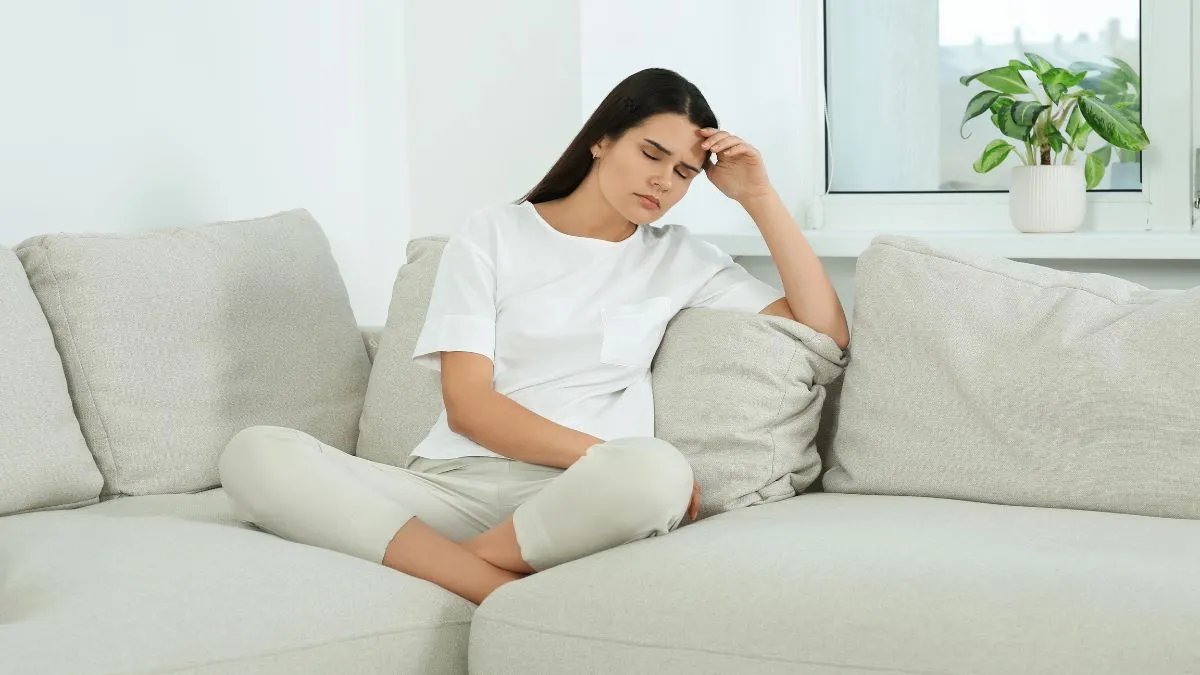- By Priyanka Munshi
- Wed, 19 Mar 2025 03:11 PM (IST)
- Source:JND
With age, the body undergoes a myriad of changes. While some are easily noticeable, such as wrinkles and gray hair, others are more subtle but can be just as debilitating. One such issue is increased joint pain, which over time can significantly hamper mobility and overall quality of life. Joint pain is a multifaceted condition that tends to intensify as women age. In this article, we explore how aging and hormonal shifts contribute to joint pain and how contemporary science is offering new solutions. In a conversation with Jagran English, Dr. Sharmila Tulpule, an orthopedic surgeon, regenerative medicine specialist, and Founder & Director of Orthobiologix Biotech Pvt. Ltd., discussed how age and hormonal changes contribute to joint pain in women.
The Role Of Aging In Joint Health
According to Dr. Sharmila Tulpule, as we age, the body naturally undergoes wear and tear. Joints, which are essential for day-to-day movement, are no exception. Cartilage—the cushioning tissue at the ends of bones—begins to thin and wear out, leading to osteoarthritis. This condition is particularly common in women after menopause when hormonal changes weaken joint tissues, making them more prone to damage. With age, the body’s production of synovial fluid—responsible for lubricating joints—slows down. This decline can lead to friction between bones, resulting in inflammation, stiffness, and pain. The body’s ability to repair and regenerate cartilage also weakens with time, further aggravating joint discomfort.
Additionally, the natural loss of bone density that occurs with aging makes bones more brittle and prone to fractures. As bones lose density, joints become weaker and more vulnerable to damage, contributing to persistent pain.
The Hormonal Factor: Menopause And Beyond
Although aging alone contributes to joint pain, hormonal changes—especially those that occur during and after menopause—can intensify these issues. Estrogen, a hormone that regulates many functions in a woman’s body, plays a key role in maintaining bone density and reducing inflammation.
As women transition into menopause, estrogen levels drop significantly. This hormonal decline triggers a chain reaction, including a reduction in bone density. Without estrogen’s protective effects, bones become more fragile, leading to conditions like osteoporosis, which increase the risk of joint pain and fractures. Osteoarthritis also becomes more common in postmenopausal women due to the loss of estrogen’s anti-inflammatory benefits, added Dr. Tulpule.
Estrogen Deficiency And Joint Pain
When estrogen levels decline—particularly during menopause—the body's inflammatory response increases, contributing to joint pain. Low estrogen levels are strongly linked to the development of osteoarthritis (OA) and chronic inflammation. Estrogen influences cartilage health, immune function, and inflammation. As estrogen decreases, pro-inflammatory cytokines such as IL-6 and TNF-α become more active, accelerating cartilage breakdown. This leads to increased joint pain, stiffness, and reduced mobility, particularly in conditions like rheumatoid arthritis.
Also Read: What Is The Role Of Nutrition In Women's Health? Know From An Expert
Living With Joint Pain: The Impact On Daily Life
Joint pain affects more than just mobility. It can interfere with basic activities such as walking, climbing stairs, and performing household chores. For many women, chronic joint pain quietly undermines their ability to lead active and fulfilling lives. Beyond the physical toll, it can also impact mental health, leading to frustration, depression, and feelings of isolation.
Innovative Solutions
Today, we specialise in biotech treatments designed to regenerate damaged tissue, reduce pain, and restore joint function. Using advanced therapies such as stem cell treatments and growth factor injections, we can activate the body’s natural healing processes and provide relief for women dealing with both degenerative and inflammatory joint diseases.
These cutting-edge treatments promote tissue repair, reduce inflammation, and improve joint mobility. By combining these innovations with personalised lifestyle recommendations, we help women manage and overcome joint pain—empowering them to take control of their health and well-being.
Also Read: Declutter Your Home And Get Rid Of These 4 Negativities
In conclusion, Dr. Sharmila Tulpule emphasised that the link between aging, hormonal fluctuations, and joint pain in women is undeniable. As women grow older, the combination of joint degeneration and hormonal changes can result in debilitating discomfort. However, with modern medical advancements, there is hope. Through ongoing research, innovation, and individualised care, we are committed to improving the quality of life for women—helping them live fully, despite the challenges of joint pain.

